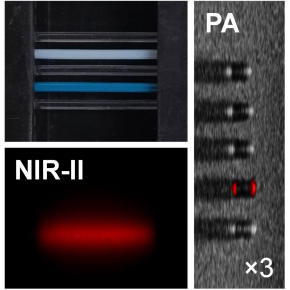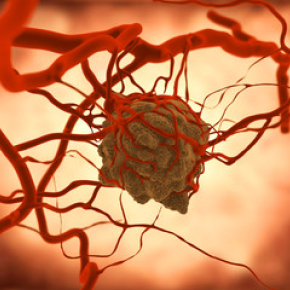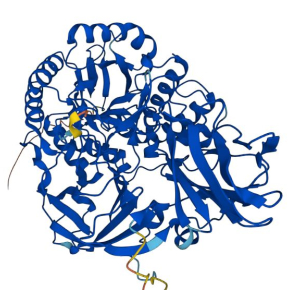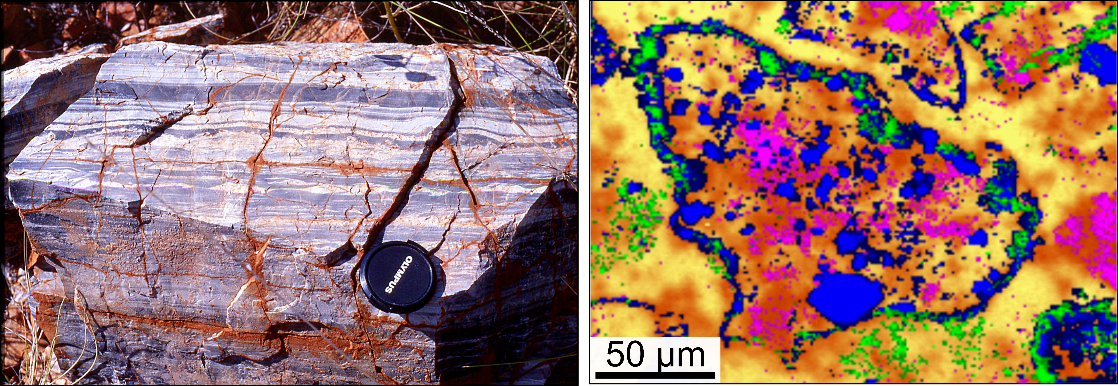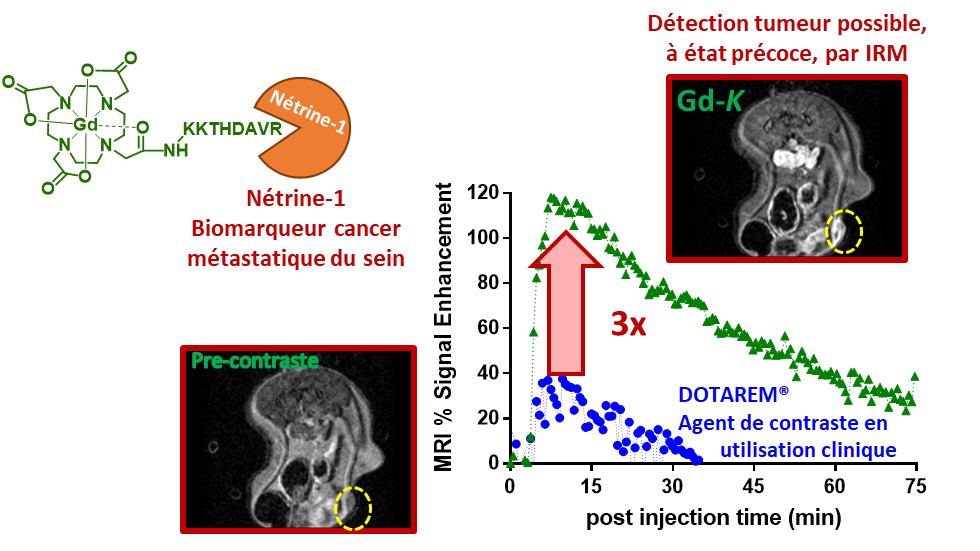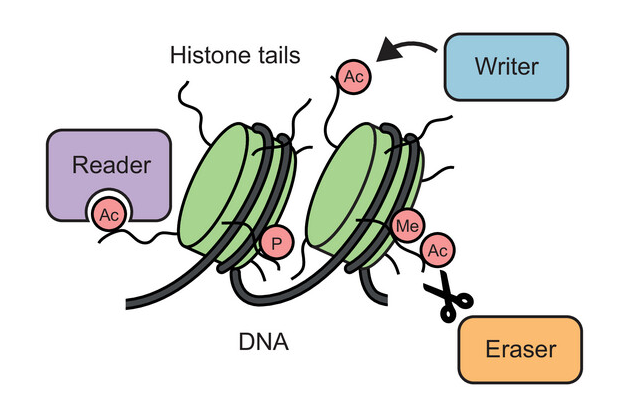The NASA Perseverance rover is actively exploring Jezero Crater, analyzing igneous and sedimentary rocks from the crater floor and delta deposits. The rock samples that will be returned by the Mars Sample Return (MSR) mission in the 2030s will be subjected to detailed laboratory studies.
Some samples may contain traces of ancient Martian life, which are challenging to detect due to their morphological simplicity and subtle geochemical expressions. Using volcanic sediments from Kitty’s Gap Chert (Pilbara, Australia) of 3.45 billion years as analogues, researchers detail the steps needed to demonstrate their syngenicity and biogenicity. Various analytical methods, including optical and electron microscopy, Raman spectroscopy, X-ray fluorescence spectroscopy, and mass spectrometry, have been employed at different scales. Sedimentological, petrological, mineralogical, and geochemical analyses document a coastal environment of deposition, consistent with the development of microbial life. Morphological, elemental, and molecular analyses of carbonaceous matter associated with potential fossil remnants reveal enrichment in bioessential trace metals (V, Cr, Fe, Co, etc.) and colocalized aromatic and aliphatic molecules of biological origin. This study illustrates the analytical protocol necessary to optimize the detection of fossil traces of life in Martian rocks.
This work is reported on the CNRS Chimie website
Reference
Multi-Technique Characterization of 3.45 Ga Microfossils on Earth: A Key Approach to Detect Possible Traces of Life in Returned Samples from Mars
Laura Clodoré, Frédéric Foucher, Keyron Hickman-Lewis, Stéphanie Sorieul, Jean Jouve, Matthieu Réfrégiers, Guillaume Collet, Stéphane Petoud, Bernard Gratuze, Frances Westall
Astrobiology 2024
http://doi.org/10.1089/ast.2023.0089

